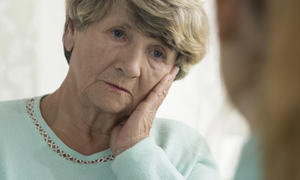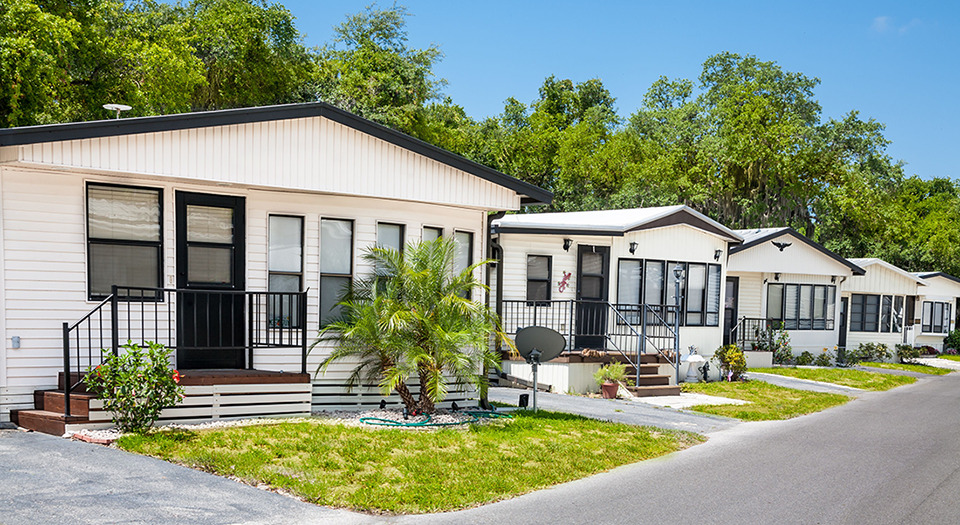 On the 1st December 2020 Premier Annastacia Palaszczuk asked her newly appointed Housing Minister to “oversee the development of housing options to assist people to find affordable, accessible, sustainable and secure housing for sale or rent, in particular, older women.”
On the 1st December 2020 Premier Annastacia Palaszczuk asked her newly appointed Housing Minister to “oversee the development of housing options to assist people to find affordable, accessible, sustainable and secure housing for sale or rent, in particular, older women.”
In 2023 the Alliance of Manufactured Home Owners Inc (AMHO) contacted a number of MHRP villages to ascertain the percentage of single older women using this form of housing. AMHO found there is a tendency for single women to live mostly in the smaller cheaper villages with less facilities, rather than the larger and newer resort style parks, due to the higher cost of buying into these parks. Further, many older single women in these larger resorts style originally bought in as a couple and now their partner had died.
We also found a high percentage of single women who have been homeowners in residential parks for many decades, who are now subject to very high site rents, caused by the compounding of the annual site rent increases. Consequently, their site rent is now higher than the newer 5-star resort style parks, without their facilities. These women are living on a fixed income (Age or Disabled pension), with some now paying more than 40% of their pension in site rent. This style of living was originally designed as an affordable living option, providing a way of owning your own home while renting a small piece of land. Park Owners have been assisted by a number of tax incentives introduced by Prime Minister John Howard, to provide affordable housing in this sector.
The Manufactured Home Parks Model is an excellent concept. However, the annual site rent increases and other extra charges, such as the Market Review, along with the rising cost of living, medicines, rising house insurance and maintenance costs, are taking their toll. If these charges continue at the present rate we will see many who will be unable to afford to continue living these parks.
AMHO continues to request changes to The Manufactured Homes (Residential Parks) Act 2003, to enable residents to stay in their homes in this sector. The Queensland Government has been reluctant make any changes, and, in fact, appears to be more concerned with the viability of an industry which manages to make profits of between 65% – 80%.
To purchase a home in one of the newer Resort style parks, will cost anything up to $1 million +. The basis of the residential parks business is:
- The park owner rents the land to the homeowner;
- The homeowner owns their own home and must maintain this home to the required standard – usually there will be rules governing what can be added to the building, colours which can be used when repainting, gardens etc;
- The homeowner has non-exclusive use of the facilities available in the park;
- The park owner provides access to utilities on a user-pays basis.
The older, smaller and regional parks with less facilities have lower entry offers, depending on where they are, with homes costing between $300,000 – $490,000. Five years ago, land and community rents were around $160 per week, with the ability for those on pensions to access rent assistance from Centrelink. However, many are now faced with site rents of $230. Yes, rent assistance will increase as the site fee increases, but there is a cap, and the risk is that rents will outpace the assistance available.
The yearly CPI increases in the past have been between 1 and 2%. However, it is the unexpected increases that have caused the most concern in this demographic. Whereas a homeowner can budget for their annual site fee increase, the Market Rent Review allows Park Owners to increase rents substantially. Over the last couple of years, CPI has increased considerably and those homeowners with CPI increases in their site agreement have endured annual increases of 7.3% – particularly difficult when the calculation for site fee increase for some is CPI plus 2%! This is unsustainable on a single pension.
The peculiarity of this situation is that the incorrect CPI index is listed in the dictionary of the legislation – the Government knows about this error, but has shown no willingness or appetite to correct their mistake. AMHO has asked that the CPI, if used for annual site fee increases, is capped at 1%, or at least is aligned with the rate used in pension increases, to ensure that this housing model remains viable for homeowners, especially older, single women. We must remember that the most vulnerable group are single mature women who are more likely to be living in poverty or be homeless.
Evidence is available that the park industry has not only survived the low CPI rent increases of past the five years, but has also grown exponentially over this time, despite CPI (All groups for Brisbane) figures having sat below 2%. They have continued to make huge profits. (Stockland Prospectus dated 19 July 2021 for purchasing Halcyon stated “65% Strong revenue operating margins with low ongoing capital expenditure). Park Owners continue to make such high profits assisted by the federal tax incentives provided by Prime Minister John Howard many years ago, to encourage more affordable housing.
AMHO continues to ask that the Minister, as requested by the Premier in 2020, to honour the Portfolio Priorities Statement and “Oversee the development of housing options to assist people to find affordable, accessible, sustainable and secure housing for sale or rent, in particular, older women.”
AMHO – February 2024
Download a copy of this article: Website Version Mature Women Living in Manufactured Home Parks V3[20240212



